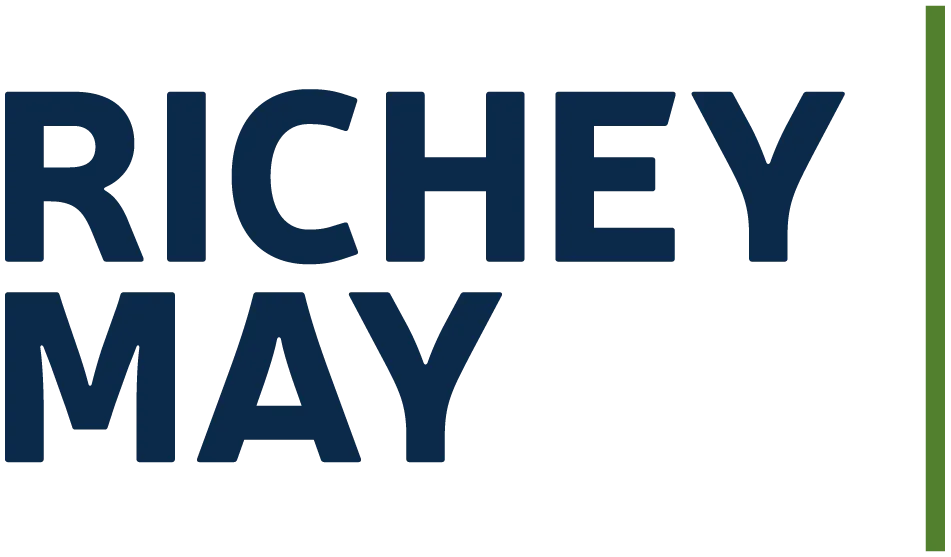The CARES Act and FFCR Act provide tax relief in the form of refundable employee retention tax credits and the deferral of payment of the employer portion of Social Security taxes to 2021 and 2022. Payroll service providers should be working with companies already to take advantage of these tax relief provisions. Companies should be aware that these relief provisions apply to them even if they are using a certified professional employer organization (CPEO). Employers who received Small Business Act Loans that are forgiven under the CARES Act are not eligible to defer deposits of the employer portion of Social Security taxes.
In addition, employers may not receive employee retention credits if they receive a Small Business Interruption Loan under the Paycheck Protection Program under the CARES Act (without regard to whether or not forgiven). The FFCR Act also provides employee retention credits for qualified family medical leave and sick leave payments that are refundable with no exception for SBA loan participation.
Delay of payment of employer payroll taxes
The CARES Act permits employers to defer payment of the employer portion of Social Security and RRTA taxes through the end of 2020. This does not include the employer’s portion of Medicare taxes. The payroll taxes that can be deferred are those taxes in the period beginning on March 27, 2020 and ending before January 1, 2021. The employer must deposit 50% of the payroll taxes that are deferred on or before December 31, 2021 and the remaining 50% must be deposited on or before December 31, 2022 in order to be considered as timely made. If an employer instructs a CPEO to defer payment of the employer portion of Social Security taxes, the employer is then responsible for payment of the amounts deferred when due. Employers who received Small Business Act loans that are forgiven are not eligible for this payroll tax deferral. Self-employed taxpayers may also defer the Social Security portion of self-employment taxes.
Employee retention credits – FFCR Act
The FFCR Act provides employee retention credits for family and medical leave payments and emergency paid sick leave payments. This Act included the Emergency Family and Medical Leave Expansion Act (EFMLEA) that requires employers with fewer than 500 employees to provide both paid and unpaid public health emergency leave to certain employees through December 31, 2020. Under this provision, the first 10 days could be unpaid and then paid leave is required, calculated based on an amount not less than two-thirds of an employee’s regular rate of pay and the number of hours the employee would otherwise be normally scheduled to work, not to exceed $200 per day and $10,000 in the aggregate. Exemptions from these requirements are provided for a business with less than 50 employees (See Dept. of Labor for additional information).
The FFCR Act also included the Emergency Paid Sick Leave (EPSLA) which requires employers with fewer than 500 employees, and public employers of any size, to provide 80 hours of paid sick time to full-time employees who are unable to work (or telework) for specified virus-related reasons.
Employers are provided tax credits for these leave payments. The amount of the EPSLA credit allowed for each employee is equal to the lesser of the amount of their leave pay or either (1) $511 per day while the employee is receiving paid sick leave to care for themselves, or (2) $200 if the sick leave is to care for a family member or child whose school is closed. An additional limit applies to the number of days per employee: the excess of 10 days over the aggregate number of days taken into account for all preceding calendar quarters. The EMFLEA credit for each employee is the amount of their leave pay limited to $200 per day with a maximum of $10,000.
The amount of credits allowed as calculated above is increased by the portion of the employer’s “qualified health plan expenses” that are properly allocable to qualified sick leave wages or qualified family and medical leave wages. Qualified health plan expenses means amounts paid or incurred by the employer to provide and maintain a group health plan, but only to the extent that such amounts are excluded from the gross income of employees. Qualified health plan expenses include both the amount paid by the employer and the amount paid by the employee in pre-tax salary reductions. Special rules permit employers with self-insured health plans to include an amount for qualified health plan expenses. In addition, the credits allowed to employers for wages paid under the EPSLA and EFMFLEA are increased by the amount of the employer’s portion of Medicare tax imposed on the qualified sick leave wages, or qualified family leave wages, for which credit is allowed.
Credits claimed for qualified leave wages paid to employees are claimed on the employer’s federal employment tax returns (Form 941), but they can benefit more quickly by reducing their federal employment tax deposits each pay period. If the employer’s federal employment tax liability is not sufficient to cover the amount of the credits, the employer may request an advance payment of the credits by filing Form 7200 (Advance Payment of Employer Credits Due to COVID-19).
Note: The amount of the credits an employer receives are included in the employer’s gross income and the employer deducts the leave wages, health plan expenses and Medicare tax without regard to the credit. Substantiation must be retained to support the credits claimed.
Note: Self-employed individuals are also entitled to credits (See IRS FAQs for additional information or contact us for more information).
Employee retention credits – CARES Act
Subsequent to the FFCR Act, the CARES Act was passed and provides a refundable payroll tax credit for 50% of wages paid by Eligible Employers to certain employees during the COVID-19 crisis. Unlike the employee retention credits under the FFCR Act, employers may not claim these credits if they receive a Small Business Interruption Loan (whether or not the loan is forgiven). The credit is available to employers, including non-profits, whose operations have been fully or partially suspended as a result of a government order limiting commerce, travel, or group meetings. The credit is also provided to employers who have experienced a greater than 50% reduction in quarterly receipts, measured on a year-over-year basis.
The credit applies to wages paid after March 12, 2020 and before January 1, 2021. The maximum amount of qualified wages taken into account with respect to each employee for all calendar quarters is $10,000, so that the maximum credit for an Eligible Employer for qualified wages paid to any employee is $5,000. The term “wages” includes health benefits and is capped at the first $10,000 in wages paid by the employer to an eligible employee.
For employers who had an average number of full-time employees in 2019 of 100 or fewer, all employee wages are eligible, regardless of whether the employee is furloughed. For employers who had a larger average number of full-time employees in 2019, only the wages of employees who are furloughed or face reduced hours as a result of their employers’ closure or reduced gross receipts are eligible for the credit. No credit is available with respect to an employee for any period for which the employer is allowed a Work Opportunity Credit with respect to the employee.
These credits under the CARES Act and the FFCR Act employee retention credits can both be claimed, but not on the same wages. Unlike the leave payment employee retention credits under the FFCR Act, self-employed individuals are not eligible for these credits for their earnings. As with the employee retention credits under the FFCR Act, advance payments of the credits can be requested by filing Form 7200.
We are here for further discussion on these topics. We are honored to partner with you during these challenging times. Let us know how we can be of service.





